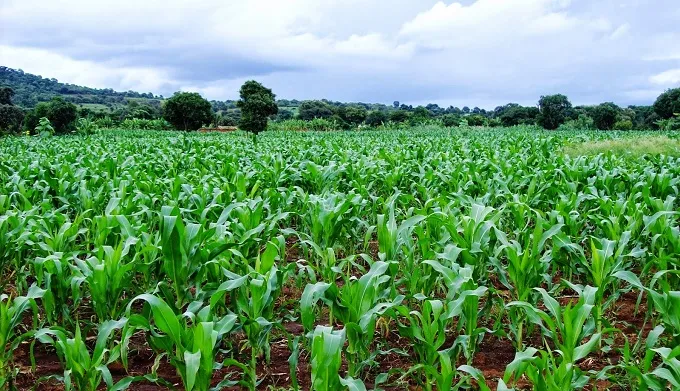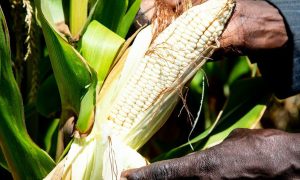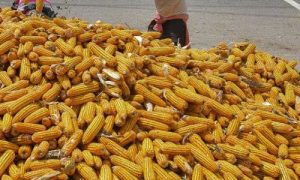Improved Method Makes Maize Bioengineering More Accessible

Corn is everywhere—from food and fuel to cosmetics and medicine. As climate challenges grow, scientists from BTI, ISU, and Corteva have developed a more accessible method for maize bioengineering. Published in In Vitro Cellular & Developmental Biology – Plant, their breakthrough could enable drought-resistant, high-yield corn varieties, ensuring this vital U.S. crop meets modern demands.
Looking around, you might not realize it, but corn is everywhere. In one form or another, it’s in the cereals in your cupboard, the cosmetics and medicines in your bathroom, the kibble in your pet’s food bowl, and the gas tank of your car. Corn, or maize, is a major crop in the United States, and its derivatives are utilized in practically every facet of our lives. Demand for it grows, even as unpredictable environmental conditions make it difficult for farmers to maintain their current yield.
For millennia, humans have intentionally bred crops to fit the ever-evolving needs of society. Nowadays, with advancements in science and technology, we can bioengineer crops by tweaking their genomes—the plants’ biological blueprints—to create drought-resistant, higher-yield, and extra-nutritious versions to fulfill our modern needs.
However, for some crop species, including maize, bioengineering is technically challenging and requires resources unavailable at many research institutions. In work recently published in the journal In Vitro Cellular & Developmental Biology – Plant, labs from the Boyce Thompson Institute (BTI) and Iowa State University (ISU) partnered with scientists from Corteva Agriscience to establish a more accessible method for maize bioengineering that will pave the way for improving this critical crop.
To Read more about Maize News continue reading Agriinsite.com
Source : Technology Networks















